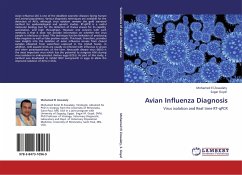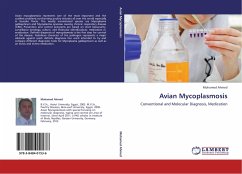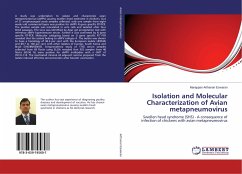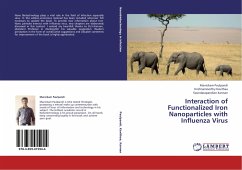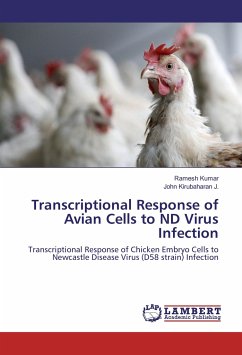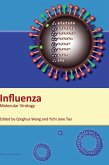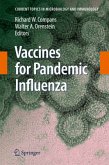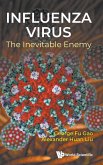Avian influenza (AI) is one of the deadliest zoonotic diseases facing human and animal populations. Various diagnostic techniques are available for the detection of AIVs, although virus isolation remains the gold standard method for epidemiological and genetic studies. RT-qPCR is a useful molecular biology tool for the detection of theses viruses for its rapidity, automation, and high throughput. However one concern with such methods is that it dose not provide information on whether the virus sample is infectious or dead. This technique has the limitation of producing false negative as well as false positive results. This book, therefore, provides new insights into the isolation of avian influenza viruses from cloacal samples obtained from waterfowl captured in the United States. In addition, wild aquatic birds are usually co-infected with influenza A viruses and other paramyxoviruses, of the later, Newcastle disease virus (NDV) is the most important virus which has the potential to outgrow AIVs during virus isolation in embryonated chicken eggs (ECEs). As part of this study, a method was developed to inhibit NDV overgrowth in eggs to allow the improved isolation of AIVs in ECEs.
Bitte wählen Sie Ihr Anliegen aus.
Rechnungen
Retourenschein anfordern
Bestellstatus
Storno

